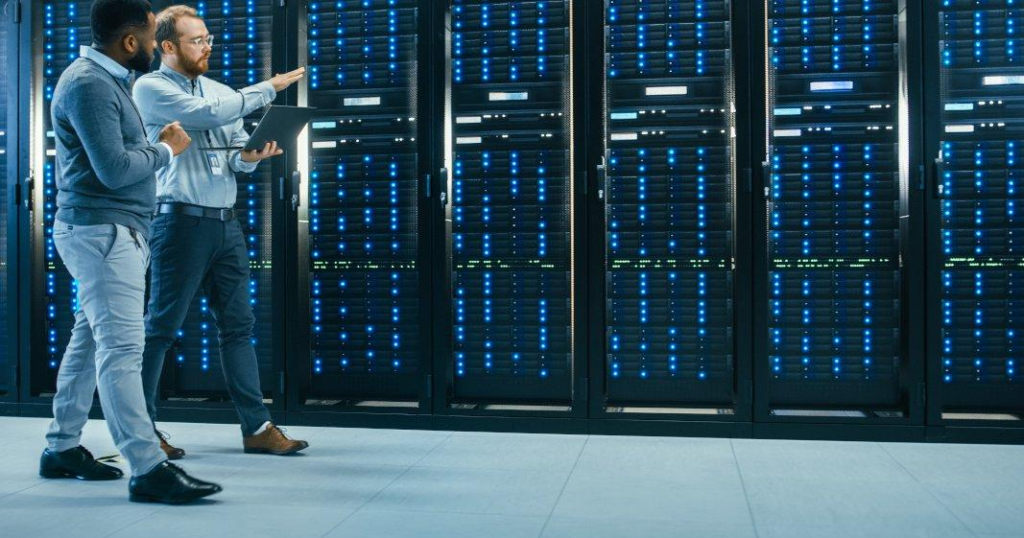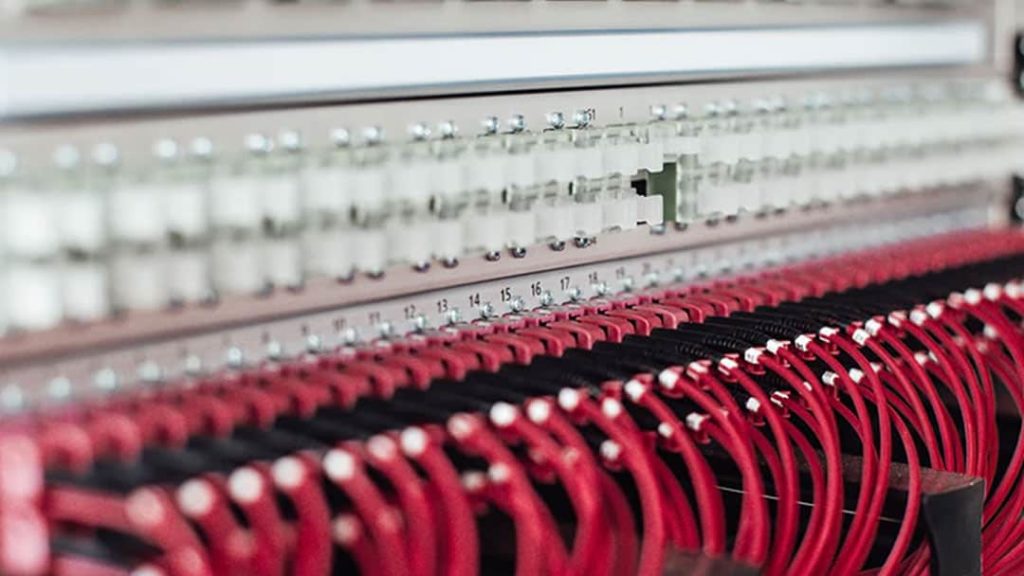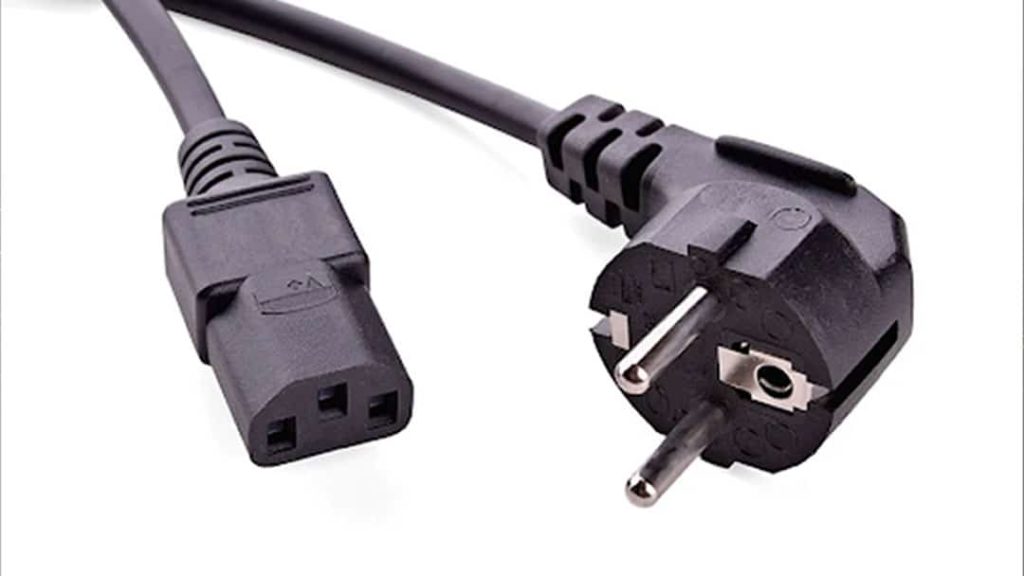Data centers serve as the backbone of modern businesses, providing the necessary infrastructure to store, process, and distribute data. As the demand for data continues to grow exponentially, the design of data centers becomes increasingly crucial.
A well-designed data center not only ensures optimal performance and reliability but also minimizes operational costs and environmental impact. This article explores the importance of data center design, common mistakes to avoid during the design phase, and key considerations for maximizing efficiency.
Related Link: Smart Building Trends Coming
What are Data Centers?
Data centers are specialized facilities that house computer systems, networking equipment, and storage infrastructure to support the processing and storage of data.
They are essential for organizations that rely on large-scale data processing, such as cloud service providers, e-commerce platforms, and enterprises with extensive IT infrastructure. Data centers are designed to provide a secure, controlled, and highly available environment for storing and managing data.
Want to streamline your processes and boost productivity? Explore our range of technology services and solutions!
Why Data Center Design Matters

Data center design plays a critical role in determining the efficiency, reliability, and scalability of the facility. A well-designed data center offers several advantages:
- Optimal space utilization: Effective data center design maximizes the use of available space, ensuring efficient placement of equipment, racks, and cabling. Proper space planning allows for easy access, effective cooling, and simplified maintenance, reducing downtime and improving overall operational efficiency.
- Enhanced reliability: Data centers house mission-critical systems, and any downtime can have severe consequences for businesses. Design considerations such as redundant power and cooling systems, fault-tolerant architecture, and effective fire suppression systems help minimize the risk of equipment failures and ensure continuous operations.
- Energy efficiency: Data centers consume substantial amounts of energy, and optimizing energy efficiency is essential for reducing operational costs and minimizing environmental impact. Proper design elements, such as efficient cooling systems, airflow management, and the use of energy-efficient hardware, contribute to lower power usage effectiveness (PUE) and overall energy consumption.
- Scalability and flexibility: Businesses need data centers that can adapt to evolving requirements and accommodate future growth. A well-designed data center allows for modular expansion, scalable infrastructure, and flexible configurations, enabling organizations to meet changing demands without significant disruptions or costly retrofits.
Related Link: How to Cool a Server Room Properly
Mistakes to Avoid in Data Center Design
To ensure a successful data center design, it is crucial to avoid common mistakes that can hinder performance, increase costs, and limit scalability. Let’s explore some of the most critical mistakes to steer clear of:
- Disregarding the total cost of ownership (TCO). during the data center design phase: Designing a data center solely based on upfront costs can lead to long-term challenges. It is essential to consider the total cost of ownership, which includes factors like energy consumption, maintenance, and equipment lifecycle costs. By evaluating TCO during the design phase, organizations can make informed decisions that balance initial investment with ongoing operational expenses.
- Poor cost-to-build estimating: Underestimating the costs associated with data center construction can lead to budget overruns and compromised design. It is crucial to conduct accurate cost-to-build estimates by considering factors such as site selection, infrastructure requirements, equipment costs, and labor expenses. Engaging experienced professionals and consultants can help ensure accurate cost estimation.
- Improperly setting design criteria & performance characteristics: Setting design criteria and performance characteristics without considering current and future needs can result in an inadequate data center infrastructure. It is essential to assess factors like power requirements, cooling capacity, storage capacity, and network bandwidth to align the design with the organization’s present and future requirements.
- Selecting a site before design criteria are in place: Choosing a data center site before defining the design criteria can lead to suboptimal performance and increased costs. It is crucial to establish design criteria and performance characteristics before selecting a site. Factors such as geographical location, access to power and connectivity, availability of resources, and environmental considerations should be evaluated to ensure the chosen site aligns with the data center’s design requirements.
- Space planning before the data center design criteria are in place: Space planning is a critical aspect of data center design, but it should not precede the establishment of design criteria. Without defining the necessary infrastructure requirements, including power, cooling, and equipment layout, space planning can result in inefficiencies, limited scalability, and difficulty in accommodating future growth. It is essential to prioritize design criteria and performance characteristics before finalizing the space planning process.
- Designing into a dead-end: Data center design should account for future expansion and advancements in technology. Designing into a dead-end refers to a design that does not allow for easy scalability or upgrades. It is crucial to anticipate future needs, such as increased power and cooling requirements, additional storage capacity, and evolving networking technologies. Planning for scalability and flexibility ensures that the data center can adapt to changing business demands and technological advancements without requiring extensive redesign or costly retrofitting.
- Misunderstanding Power Usage Effectiveness (PUE): Data centers’ power efficiency can be measured with a metric called power usage effectiveness. A common mistake is misunderstanding or neglecting the importance of optimizing PUE during the design phase. PUE can be improved through various measures, including efficient cooling systems, virtualization, energy-efficient hardware, and proper airflow management. Failing to prioritize energy efficiency can result in higher operational costs and environmental impact over the data center’s lifecycle.
- Misunderstanding LEED certification: Leadership in Energy and Environmental Design (LEED) certification provides recognition for sustainable and environmentally friendly building design. Many organizations aim to obtain LEED certification for their data centers to demonstrate their commitment to sustainability. However, a common mistake is misunderstanding the requirements and processes involved in achieving LEED certification. It is essential to engage with professionals knowledgeable about LEED criteria and incorporate sustainable design principles from the initial stages of data center design.
- Overcomplicated designs: Overcomplicating data center designs can lead to increased complexity, higher costs, and potential performance issues. It is crucial to strike a balance between design complexity and operational efficiency. Simplifying designs, optimizing airflow management, and ensuring logical equipment placement can contribute to improved efficiency, reduced maintenance efforts, and easier troubleshooting.
Maximizing Efficiency in Data Center Design

While avoiding common mistakes is crucial, maximizing efficiency in data center design requires careful consideration of several factors:
- Cooling efficiency: Implementing efficient cooling systems, such as hot and cold aisle containment, can significantly reduce energy consumption and optimize cooling effectiveness. Utilizing advanced cooling technologies like free cooling, liquid cooling, and economizers can further enhance efficiency.
- Energy-efficient infrastructure: Selecting energy-efficient hardware, such as servers, storage devices, and networking equipment, helps minimize power consumption. Energy Star-rated equipment and components with higher energy efficiency ratios (EERs) should be prioritized during the design phase.
- Virtualization and consolidation: Virtualization allows for the consolidation of multiple servers onto a single physical server, reducing hardware requirements and energy consumption. Utilizing virtualization technologies and optimizing server utilization can lead to significant energy savings.
- Effective airflow management: Proper airflow management ensures efficient heat dissipation and prevents hot spots within the data center. Implementing best practices like strategic equipment placement, effective cable management, and optimized airflow paths can improve cooling efficiency and overall data center performance.
- Renewable energy integration: Exploring options for integrating renewable energy sources into the data center’s power supply can further enhance efficiency and sustainability. This can involve installing solar panels, wind turbines, or using geothermal energy to supplement or replace traditional power sources. By harnessing renewable energy, data centers can reduce their carbon footprint and decrease reliance on non-renewable resources.
- Efficient power distribution: Implementing an optimized power distribution system ensures that energy is delivered to equipment in the most efficient manner. This can involve using intelligent power distribution units (PDUs) that monitor power usage, implementing energy-efficient transformers, and employing power management technologies that dynamically adjust power allocation based on demand.
- Data center layout and equipment placement: The physical layout of the data center and the placement of equipment can have a significant impact on efficiency. Designing a well-organized layout with proper spacing between racks, efficient cable management, and logical equipment placement improves airflow and reduces the risk of heat buildup. This, in turn, enhances cooling efficiency and reduces energy consumption.
Curious about the latest trends in the technology industry? Explore our blog for insightful articles and updates!
Creating The Right Data Center Design
The design of data centers plays a vital role in ensuring optimal performance, reliability, and efficiency. By avoiding common mistakes and implementing best practices, organizations can create data centers that meet their current and future needs while maximizing energy efficiency and minimizing operational costs.
From considering the total cost of ownership to understanding the importance of PUE and LEED certification, every aspect of data center design should be carefully planned and executed.
By prioritizing factors such as cooling efficiency, energy-efficient infrastructure, virtualization, airflow management, renewable energy integration, and continuous monitoring, organizations can create data centers that are not only technologically advanced but also environmentally sustainable.
A well-designed data center sets the foundation for a robust and resilient IT infrastructure that can support the ever-increasing demands of the digital age while minimizing its impact on the environment.
Related Link: Server Room Humidity: Learn Critical Humidity Control
Last Updated on June 8, 2023 by Josh Mahan




